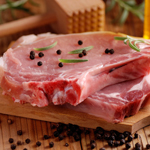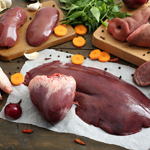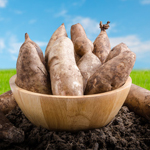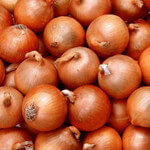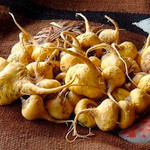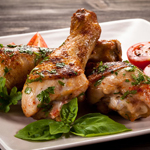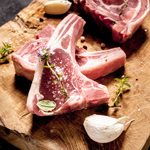
The lovable and mild-mannered sheep, first domesticated approximately 10,000 years ago in Central Asia, has a long and rich relationship with mankind. Indeed, sheep have been credited with making the spread of civilization possible. Wool, for example, was the first commodity of value to merit international trade. The Italian explorer, Christopher Columbus, stocked his ship with sheep for use as a “walking food supply” during his second voyage to the New World. Even the mythologies…


